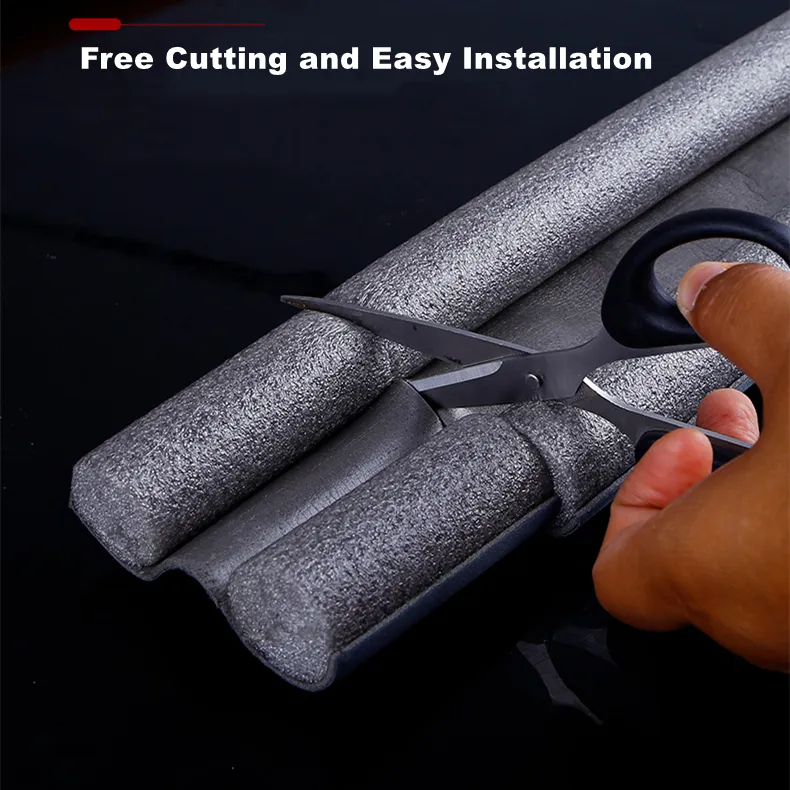heavy duty weather stripping for doors
Heavy Duty Weather Stripping for Doors A Comprehensive Guide
When it comes to maintaining a comfortable indoor environment, effective weather stripping is crucial. Heavy duty weather stripping for doors serves as a primary barrier against the elements, helping to keep your home insulated and energy-efficient. This article will discuss the benefits, types, and installation of heavy duty weather stripping for doors, making it easier for you to make an informed choice.
Benefits of Heavy Duty Weather Stripping
1. Energy Efficiency One of the most significant advantages of heavy duty weather stripping is its ability to reduce energy costs. By sealing gaps around doors, it minimizes the amount of heated or cooled air that escapes your home, allowing your HVAC system to operate more efficiently.
2. Improved Comfort Properly installed weather stripping keeps drafts at bay. This results in a more stable indoor temperature, making your living space more comfortable regardless of the weather outside.
3. Noise Reduction Heavy duty weather stripping can also act as a sound barrier. It helps to block external noises, creating a quieter and more peaceful environment inside your home.
4. Prevent Moisture Issues Excess moisture can lead to mold and mildew growth. Weather stripping creates a seal that can help keep water out, protecting your home from potential damage.
Types of Heavy Duty Weather Stripping
heavy duty weather stripping for doors

There are several types of heavy duty weather stripping suitable for doors
1. V-Strip Also known as tension seal, this type is effective for both sliding and hinged doors. The V shape compresses to seal against air movement and is often made from durable plastic or metal.
2. Felt Weather Stripping This traditional option works well in moderate climates. While it may not be as durable as others, it still offers a decent level of insulation.
3. Rubber or Vinyl Weather Stripping This is one of the most popular choices for heavy-duty applications. It is long-lasting and flexible, creating a tight seal against air and moisture.
4. Door Sweeps Attached to the bottom of the door, these strips prevent drafts and block dirt. They come in various materials, including rubber and aluminum.
Installation of Heavy Duty Weather Stripping
Installing weather stripping is a straightforward DIY project. First, clean the door frame and measure the gaps to determine the length of the weather stripping needed. Next, choose the appropriate type based on your preferences and climate considerations. Finally, carefully apply the weather stripping according to the manufacturer's instructions, ensuring a snug fit to maximize effectiveness.
In conclusion, investing in heavy duty weather stripping for doors is a smart choice for any homeowner aiming to improve energy efficiency, comfort, and protection from moisture and noise. By understanding the different types available and following proper installation techniques, you can enhance your home’s overall quality and durability.
-
Under Door Draught Stopper: Essential ProtectionNewsJul.31,2025
-
Garage Door Seal and Weatherstrips for ProtectionNewsJul.31,2025
-
Edge Banding Tape for Perfect EdgesNewsJul.31,2025
-
Table Corner Guards and Wall Corner ProtectorsNewsJul.31,2025
-
Stair Nose Edging Trim and Tile Stair SolutionsNewsJul.31,2025
-
Truck Bed Rubber Mats for Pickup BedsNewsJul.31,2025
-
Window Weather Stripping for Noise ReductionNewsJul.29,2025